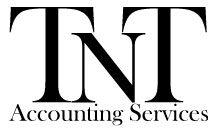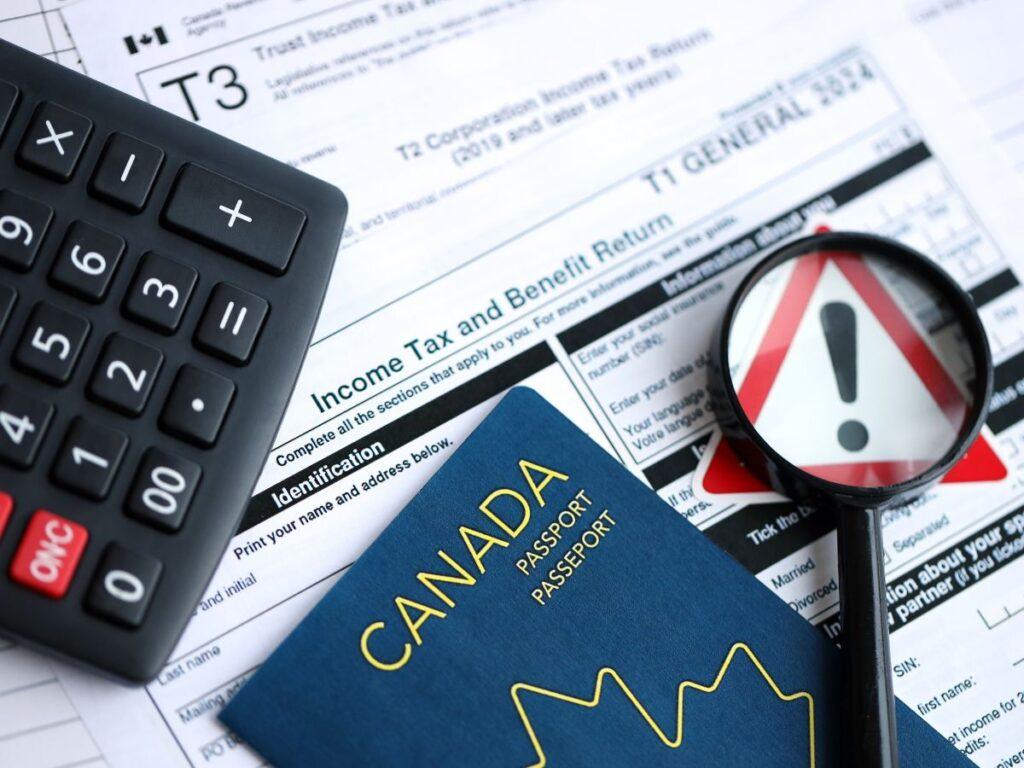Everything You Need to Know for a Smooth Tax Season
Introduction
As the year draws to a close, it’s time for Canadian employers and employees to review their taxable benefits. Whether you’re a business owner, payroll administrator, or employee, understanding how taxable benefits work can help you avoid surprises at tax time and ensure compliance with the Canada Revenue Agency (CRA). This post provides a comprehensive year-end overview of taxable benefits in Canada, with practical tips for both employers and employees.
What Are Taxable Benefits?
Taxable benefits are non-cash perks or allowances provided by an employer that are considered a form of income. These must be included in the employee’s total income and are subject to income tax, Canada Pension Plan (CPP) contributions, and Employment Insurance (EI) premiums. Examples include company vehicles, health and dental plans (in certain cases), gifts over a specified value, and more.
Common Types of Taxable Benefits
- Automobile Benefits: Personal use of a company car, or reimbursement for vehicle expenses.
- Group Insurance Premiums: Employer-paid contributions to certain life or disability insurance plans.
- Gifts and Awards: Non-cash gifts valued over the CRA threshold, or cash/near-cash gifts.
- Housing and Accommodation: Employer-provided housing, rent subsidies, or housing allowances.
- Loan Benefits: Low-interest or interest-free loans from the employer.
- Stock Options: When employees exercise their right to purchase shares at a discount.
Year-End Checklist for Employers
- Review All Benefits Provided: Ensure that all taxable benefits for the calendar year are accurately tracked and reported.
- Calculate the Value: Use CRA guidelines to determine the fair market value of each benefit.
- Update Payroll Records: Add the value of taxable benefits to the employee’s income for the year.
- Withhold Deductions: Make appropriate deductions for income tax, CPP, and EI on taxable benefits.
- Report on T4 Slips: Include the total value of taxable benefits in Box 14 (Employment income) and Box 40 (Other taxable allowances and benefits) on employees’ T4 slips.
- Communicate With Employees: Inform employees about the nature and value of their taxable benefits, so they understand how these affect their taxes.
What Employees Need to Know
- Review your year-end pay statement to ensure all taxable benefits are correctly included.
- Ask your employer or HR department if you’re unsure why a particular benefit appears on your T4 slip.
- Keep receipts or documentation for any reimbursed expenses or allowances.
- Remember that taxable benefits increase your overall income, which may affect your personal tax situation.
Tips for a Hassle-Free Year-End
- Use a checklist to ensure no taxable benefit is missed.
- Stay informed of annual CRA updates, as thresholds and rules may change from year to year.
- Consider consulting your payroll provider or a tax professional for complex benefits like stock options or housing allowances.
- Submit all year-end payroll adjustments before the deadline to avoid CRA penalties.
Conclusion
Proper year-end reporting of taxable benefits is critical for both employers and employees in Canada. By staying organized and up-to-date with CRA requirements, you can ensure a smooth transition into tax season and avoid unnecessary headaches. For the latest information, always refer to the CRA’s official guide on taxable benefits.
Have questions about your specific situation? Leave a comment below or contact your payroll or tax advisor for personalized guidance.

